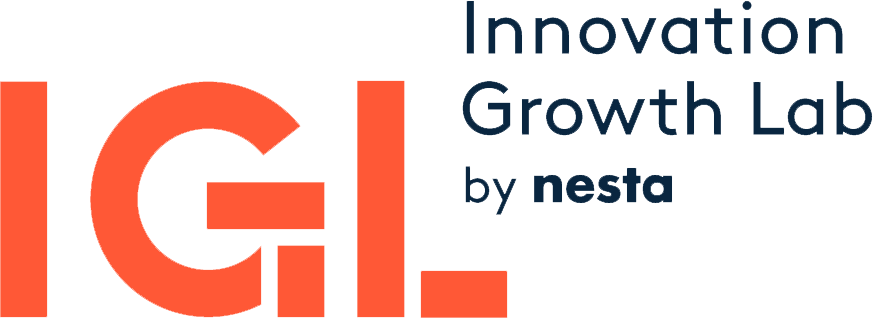How do different types of proximity impact collaboration and knowledge generation? How should we design research campuses to maximise the probability of breakthrough innovation taking place?
Although information and communication technology has substantially lowered the cost of remote interactions, physical space and geographic proximity still play a major role in inventive activity. This project will explore how a research-intensive academic campus should be designed to increase the probability of breakthrough innovations taking place.
Using experimental evidence, the randomised trial will pinpoint how different types of proximity (colocation, temporary co-location and virtual co-location via software) ultimately impact collaboration and knowledge generation. Scientists across different scientific fields, including biomedical, space, nuclear, energy and IT science, will be reallocated to workspaces in a new campus. Their exact location will be randomised and data on collaborations and interactions will be collected.
